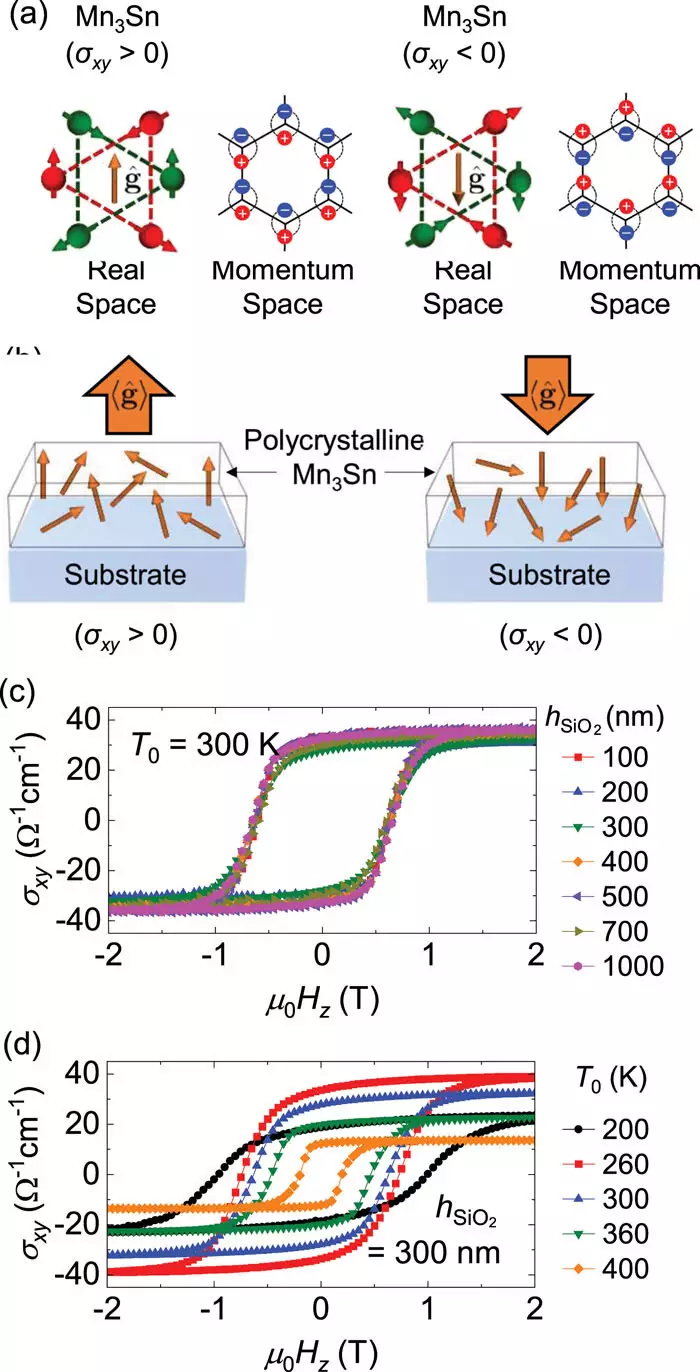Spintronics, or spin transport electronics, is an innovative branch of technology leveraging the intrinsic spin of electrons along with their charge to facilitate data processing and storage. Unlike traditional electronics which rely solely on the flow of electric current, spintronic devices harness magnetism at the microscopic level, offering a promising pathway towards exceptionally fast yet energy-efficient computing solutions. As advancements in spintronic technology continue to unfold, the challenge of understanding how thermal effects influence device performance becomes paramount; this is crucial for optimizing efficiency and speed.
Researchers from the University of Illinois Urbana-Champaign have recently made significant strides in a realm that is pivotal to spintronics—thermal management. As devices are subjected to electric currents necessary for their operation, they inevitably generate heat, which can interfere with magnetization behaviors. Axel Hoffmann, the project lead and a professor in materials science and engineering, has articulated the dual influences at play: the interaction of electromagnetic effects due to the current and the temperature rise consequent to the electric flow. The challenge lies in distinguishing whether these thermal effects directly influence the magnetization changes or if the electric currents are solely responsible for such dynamics.
Such differentiation holds critical implications for device functionality—if thermal effects dominate, traditional speed measures in electronics, such as thermal conductance, will impose limitations. Alternatively, if the conductance and response of materials to electric currents are more influential, the design parameters of spintronic devices may allow for considerably enhanced operational speeds without succumbing to the pitfalls associated with overheating.
In a move to clarify this ongoing debate, Hoffmann’s team has developed an innovative experimental technique designed to measure thermal dynamics within small-scale spintronic devices. The strategy hinges on the interaction of antiferromagnetic samples and substrates, which differ in thermal conductivity. Myoung-Woo Yoo, a pivotal researcher in this initiative, explained that thicker substrates can effectively insulate devices, leading to heightened temperatures for the same electric current.
This experiment allowed for direct assessment of temperature variations across different setups. The findings highlighted that indeed, the heating effects notably influenced the magnetic properties within their examined antiferromagnet, manganese antimonide (Mn3Sn). Such direct measurements could pave the way for understanding how a range of materials may respond to thermal inputs, thereby establishing a comparative framework for different antiferromagnets being considered for future spintronic technology.
Antiferromagnets: A Material of Interest
Antiferromagnets, characterized by their unique arrangement of opposing spins, have emerged as potential cornerstones for spintronics due to their stable magnetic properties and relatively minimal interaction with neighboring devices. They exhibit a sensitivity that can be fine-tuned with electric currents, which remains a primary focus of research. However, the significant thermal outputs required for manipulating their properties introduce complications. Understanding how heat affects their magnetization and transition mechanisms is essential for harnessing their full potential.
Incorporating Myers-Woo’s findings into practical applications can expedite the identification of suitable materials for spintronics, allowing researchers to optimize devices for energy efficiency. By employing methods that quantify the relationship between thermal changes and electrical current behaviors, the field can systematically assess various candidate materials.
The ability to navigate and mitigate the thermal effects in spintronic devices could result in a paradigm shift in computing capabilities. Notably, if researchers can develop and fine-tune materials that exhibit minimal sensitivity to heating, this could effectively merge the speed of classical computing with the energy efficiency of spintronics—a scenario reminiscent of achieving “the best of both worlds,” as articulated by Hoffmann. Such advancements are not merely academic exercises but hold the promise to revolutionize the landscape of data processing, opening doors to advanced applications ranging from faster data storage to enhanced computational capabilities.
Understanding and managing heating effects in spintronic devices is not just a technical hurdle; it is a crucial undertaking that could redefine the future of computing technology. The recent advancements made by researchers from the University of Illinois Urbana-Champaign lay a foundational framework for future studies and developments in the field. By focusing on the intrinsic relations between thermal dynamics and electromagnetic interactions, the quest for efficient spintronic materials remains both challenging and exhilarating. The journey ahead is one filled with potential and innovation, with the promise of diminishing energy footprints and extraordinary performance on the horizon.



Leave a Reply